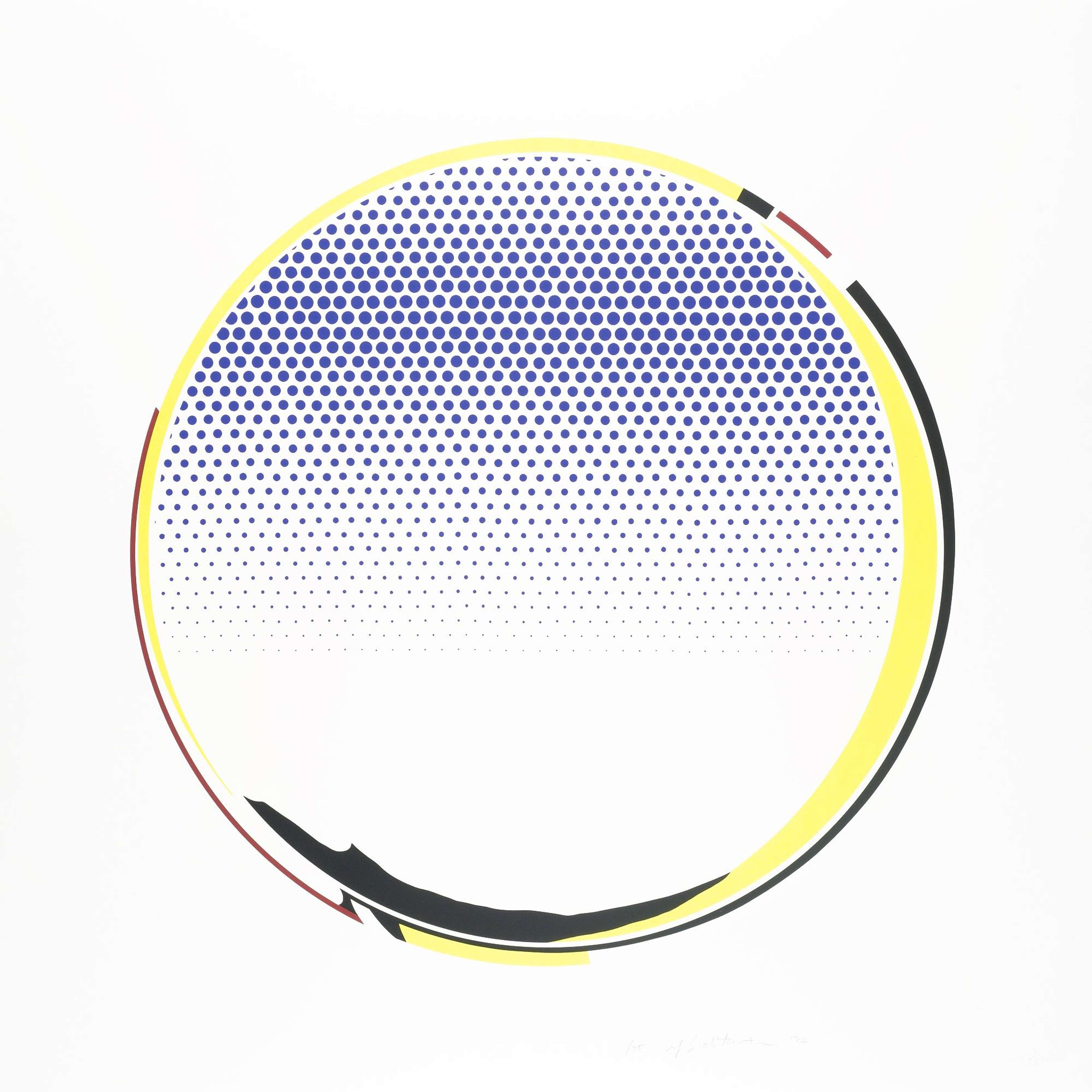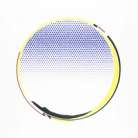
Mirror

Mirror
Signed Print
Roy Lichtenstein
£7,000-£10,500
$14,000-$21,000 Value Indicator
$13,000-$19,000 Value Indicator
¥70,000-¥100,000 Value Indicator
€8,000-€12,000 Value Indicator
$70,000-$110,000 Value Indicator
¥1,460,000-¥2,180,000 Value Indicator
$9,500-$14,000 Value Indicator
There aren't enough data points on this work for a comprehensive result. Please speak to a specialist by making an enquiry.
63 x 64cm, Edition of 75, Screenprint
Auction Results

Track auction value trend
Meaning & Analysis
Roy Lichtenstein launched his Mirror series in the late 1960s and concluded the sequence in the early 1990s. His abstracted Mirrors examine the symbolic implications of mirrors in art and mythology. Historically, the object has been used to reveal complex perspectives and invisible truths. In keeping with the traditions of object painting, Lichtenstein maintains the physical appearance of the motif. However, the artist dismisses the item’s symbolism and functionality, liberating it from its intended purposes.
Mirror, executed in 1972, captures an enlarged circle rendered in bright primary colours, flattened against a white backdrop. The circular shape is populated with a gradation of blue dots, mimicking the reflective attributes of glass. The pattern is framed by jagged red, black and yellow lines. Lichtenstein’s pop style undoubtedly forms, but also obscures his subject matter. Mirror is depicted frontally, displaying the complete absence of reflections. Therefore, the print is as much a misrepresentation, as it is an illustration of a mirror.
Over the course of his career, Lichtenstein embarked on several other series dealing with vision and representation. His Water Liliesand Reflections, for instance, explore various perceptions of light and reflection. Meanwhile, Lichtenstein’s Entablatures delve further into object painting, reproducing enlarged architectural fragments as their main composition.